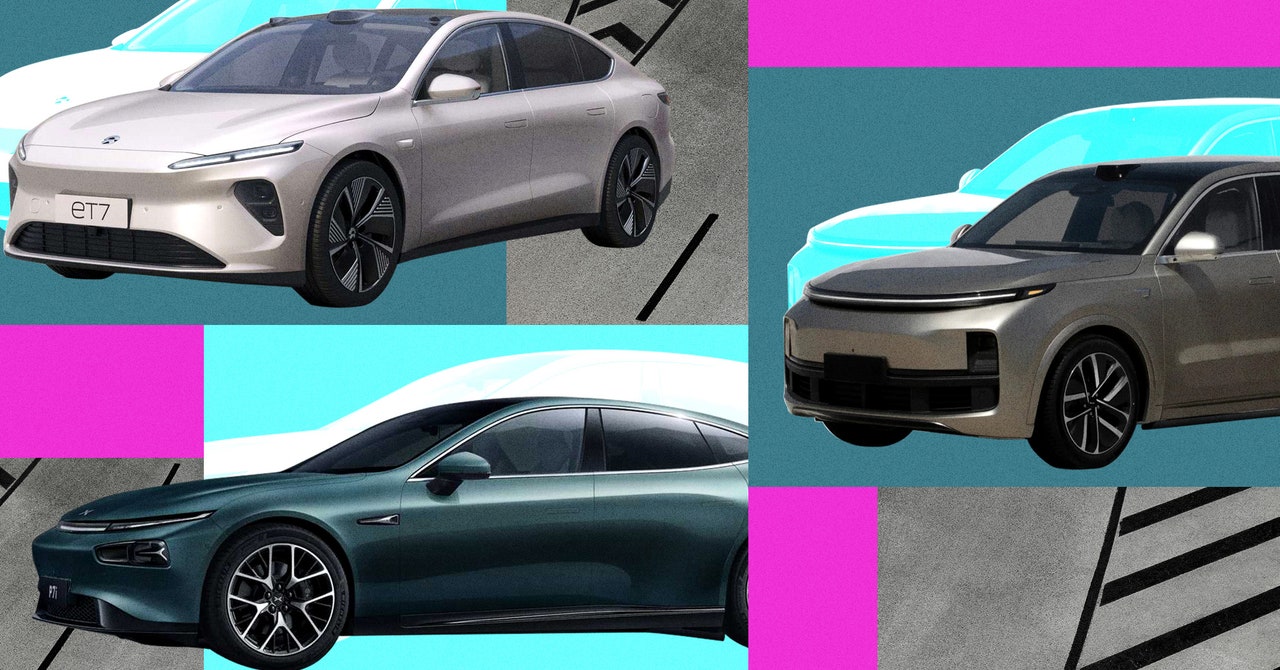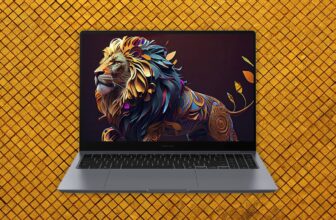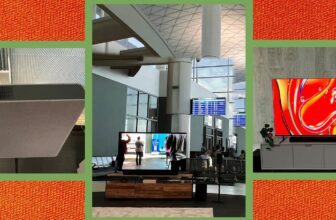
I skilled the Metropolis NGP perform beneath XNGP in a P7i in Shanghai, and later in a G6 in Guangzhou. With my second expertise I quickly realized it was a story of two cities. In Shanghai it was fairly easy, and no less than one of many interventions made was on account of me being disoriented somewhat than the automobile. In a couple of different circumstances it was me being overly cautious.
Whereas in Shanghai the system appeared to chop out for no apparent motive solely a few times, this occurred much more incessantly in Guangzhou. One doable motive for that is that the torque within the system is unable to beat the hand on the wheel, and so the system would possibly assume you make an intervention. Nonetheless, in Guangzhou it received caught behind a stopped automobile, and on one event appeared to be heading for an ebike ready to cross the street somewhat than coming into the street it was turning into.
Two-wheeled site visitors in Guangzhou generally appeared to current a problem for the system. Not like in Shanghai, the roads of Guangzhou shouldn’t have good separation between vehicles, bicycles and mopeds. At one of the best of instances in China these street customers are unpredictable, normally paying scant regard for site visitors lights, street laws, or their very own security. With the absence of devoted or segregated lanes for them, XNGP appeared to wrestle. However this was final 12 months, in fact, and the system could nicely have been considerably improved since then.
Ahead Pondering
Shifting ahead, knowledge would be the deciding consider each the velocity of change and in addition the capabilities of the programs, and it’s right here that Li might need the successful benefit. XPeng’s XNGP is accessible on solely the Max variations of 4 fashions. Within the case of Nio, all second-generation vehicles have the mandatory {hardware}, however customers must pay the equal of $530 per thirty days to make use of the system.
In distinction, Li doesn’t cost for its system, and all L9 and Mega vehicles have it as normal. For the L7 and L8, there are AD Max and AD Professional variations, with the latter lacking lidar however nonetheless providing NOA Freeway. Think about that Li has offered almost 500,000 of its second-generation vehicles—and in December offered 50,035 vehicles versus 20,115 and 18,012 for XPeng and Nio respectively—and this will assist the corporate construct management because of the sheer quantity of information captured.
Nonetheless, in December, Nio unveiled its first in-house-developed autonomous driving chip, which shall be in its ET9 flagship sedan coming 2025. The 5-nanometer chip, referred to as the Shenji NX9031, has greater than 50 billion transistors, helps 32-core CPUs, and is supposedly akin to 4 Nvidia Drive Orin X chips.
Preventing again in January, Li Auto introduced that will probably be utilizing Nvidia’s Drive Thor autonomous driving chip in its 2025 next-gen EVs, as a successor to the Drive Orin. Drive Thor supposedly has 2,000 TOPS of efficiency, eight instances that of Drive Orin.
Lastly, apart from such advances in chip know-how and autonomous protection rollouts in China, Asian manufacturers will clearly not be content material to remain of their house nations. Final month, XPeng, already increasing into Europe, confirmed its intentions to deliver its self-driving tech worldwide in 2025. “We look ahead to enabling abroad customers to entry XPeng’s autonomous driving already obtainable in China,” Xiaopeng He, the agency’s founder and CEO, stated.
XPeng’s ambitions should not confined to its personal vehicles, both. In July final 12 months, Volkswagen introduced an funding of $700 million in XPeng, buying a 4.99 % stake within the firm. The plan is to collaborate with XPeng to develop two VW-brand electrical fashions for the midsize section within the Chinese language market in 2026.
The distinction between XPeng and Apple’s now defunct Venture Titan, each based 10 years in the past, couldn’t be extra stark.







